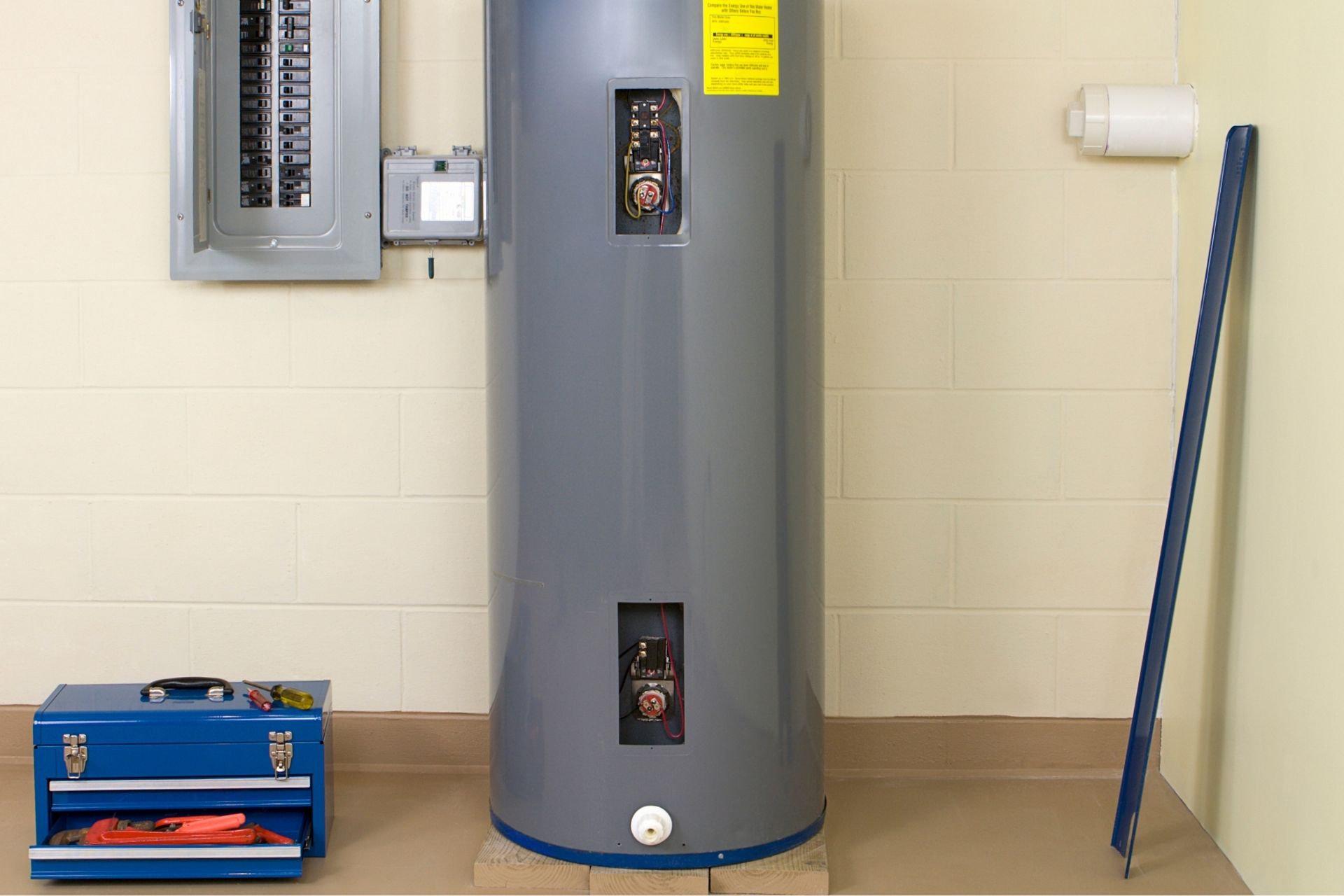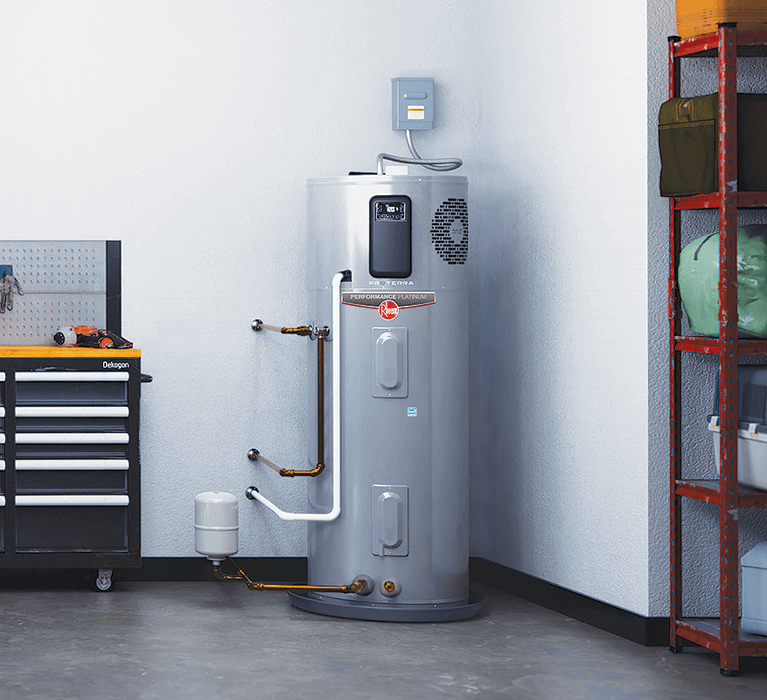How to Keep Your Home's Hot Water System in Good ConditionBest Practices for Maintaining Your Home's Hot Water System
How to Keep Your Home's Hot Water System in Good ConditionBest Practices for Maintaining Your Home's Hot Water System
Blog Article
The writer is making a few great observations relating to What Kind of Maintenance Do Water Heaters Need? in general in this article beneath.

Hot water is crucial for day-to-day comfort, whether it's for a rejuvenating shower or cleaning dishes. To ensure your warm water system runs successfully and lasts longer, routine upkeep is vital. This article supplies sensible tips and understandings on exactly how to preserve your home's warm water system to stay clear of disturbances and pricey fixings.
Intro
Keeping your home's warm water system could appear overwhelming, yet with a couple of straightforward actions, you can guarantee it runs efficiently for years ahead. This overview covers whatever from understanding your hot water system to do it yourself maintenance suggestions and knowing when to employ professional aid.
Value of Preserving Your Hot Water System
Normal upkeep not only expands the life expectancy of your hot water system yet additionally ensures it runs effectively. Overlooking maintenance can cause reduced efficiency, greater power costs, and even premature failure of the system.
Indicators Your Warm Water System Requirements Maintenance
Knowing when your warm water system requires attention can prevent significant problems. Watch out for signs such as irregular water temperature level, odd noises from the heater, or corroded water.
Flushing the Water Heater
Purging your hot water heater removes sediment build-up, enhancing performance and extending its life.
Checking and Changing Anode Rods
Anode rods prevent deterioration inside the storage tank. Inspecting and changing them when worn is essential.
Complicated Issues Calling For Expert Help
Instances include significant leaks, electric issues, or if your water heater is continually underperforming.
Routine Professional Upkeep Advantages
Specialist maintenance can consist of extensive examinations, tune-ups, and guaranteeing compliance with safety and security requirements.
Evaluating and Readjusting Temperature Settings
Readjusting the temperature setups guarantees optimal efficiency and security.
DIY Tips for Upkeep
You can carry out numerous upkeep tasks on your own to keep your hot water system in leading condition.
Looking for Leaks
Regularly evaluate pipes and links for leaks, as these can cause water damage and greater expenses.
Understanding Your Warm Water System
Before diving right into maintenance jobs, it's useful to recognize the fundamental components of your warm water system. Typically, this consists of the water heater itself, pipelines, anode rods, and temperature controls.
Month-to-month Maintenance Tasks
Normal monthly checks can aid catch small issues prior to they escalate.
Testing Stress Alleviation Valves
Evaluating the stress relief valve guarantees it functions properly and prevents extreme pressure buildup.
Insulating Pipes
Shielding warm water pipes decreases warm loss and can conserve power.
When to Call a Professional
While DIY upkeep is valuable, some issues require expert competence.
Verdict
Regular maintenance of your home's hot water system is vital for effectiveness, long life, and price savings. By following these suggestions and understanding when to look for expert aid, you can ensure a trustworthy supply of warm water without unanticipated disruptions.
How to Maintain an Instant Hot Water Heater
Before tinkering with your hot water heater, make sure that it’s not powered on. You also have to turn off the main circuit breaker and shut off the main gas line to prevent accidents. Also turn off the water valves connected to your unit to prevent water from flowing into and out of the appliance. 2. When you’re done, you have to detach the purge valves’ caps. These look like the letter “T” and are situated on either side of the water valves. Doing so will release any pressure that has accumulated inside the valves while at the same time avoid hot water from shooting out and burning your skin. 3. When the purge valves’ caps are removed, you have to connect your hosing lines to the valves. Your unit should have come with three hoses but if it didn’t, you can purchase these things from any hardware or home repair shops. You can also get them from retail stores that sell water heating systems. Read the user’s manual and follow it to complete this task properly. When the hosing lines are connected, open the purge port’s valves. 4. You should never use harsh chemical cleaners or solutions when cleaning your unit. Make use of white vinegar instead. It should be undiluted and you’ll probably use about 2 gallons. 5. Now flush your water heater. This task should probably take about 40 minutes. We can’t give you specific directions for this because the procedure is carried out depending on the type, model and brand of your heater. With that being said, refer to the user’s manual. 6. When you’re done draining the unit, you have to turn off the purge port valves again. Remove the hosing lines that you earlier installed on each of the water valves. Put the valve caps (purge port) back in their respective places and be very careful so as not to damage the rubber discs that are found inside these caps. 7. Now that everything’s back in place, check your user’s manual again to find out how to reactivate your water heating system. 8. Once it is working, turn one of your hot water faucets on just to let air pass through the heater’s water supply pipes. Leave the tap on until water flows smoothly out of it. https://www.orrplumbing.com/blog/2014/september/how-to-maintain-an-instant-hot-water-heater/

As a devoted person who reads about How to Maintain a Hot Water Heater in a Few Simple Steps, I was thinking sharing that excerpt was essential. Do you know another individual who is sincerely interested in the niche? Please feel free to share it. Thank you for being here. Come back soon.
Estimating Report this page